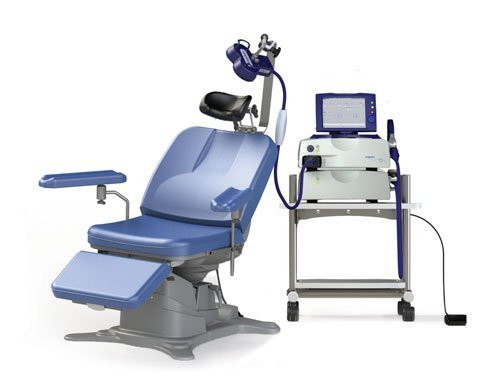TMS-TRANSCRANIAL MAGNETIC BRAIN STIMULATION



18+
Years
FDA APPROVED INDICATIONS:
Major depression that has failed 2 or more antidepressants or having significant side effects.
PTSD – Post traumatic stress disorder.
Obsessive-compulsive disorder (OCD)
Migraines
Smoking cessation.
OFF LABEL INDICATIONS:
- Generalized anxiety disorder (GAD)
- Chronic pain syndrome
- Tourette disorder
- Bipolar disorder
- Movement disorders such as Parkinson disease, functional tremors, focal epilepsy, cortical myoclonus, spasticity.
- Stroke

ABSOLUTE CONTRAINDICATION
The presence of a medically implanted magnetic-sensitive device or other implanted metal items including, but not limited to, a cochlear implant, implanted cardiac defibrillator (ICD), pacemaker, vagus nerve stimulator (VNS), metal aneurysm clips/coils, staples, or stents, that are located less than or equal to 30 cm from the TMS magnetic coil.1,6,15
You'll sit in a comfortable chair
Wearing earplugs, with the magnetic coil placed against your head. The treatment location of the coil is different from where the coil makes your fingers or thumb move.
When the machine is turned on,you’ll feel and hear rapid tapping on your scalp. The pattern will be a few seconds of tapping followed by a pause. The pattern will repeat. You may have scalp discomfort and even some pain during the tapping, but not during the pauses. You’ll remain awake and alert during the procedure.
Depending on the type of stimulation pattern used, the procedure will last 3.5 minutes or 20 minutes.The latest stimulation type is called “intermittent theta burst stimulation” and requires only 3.5 minutes. The original rTMS pattern took 37 minutes, but it can be performed in 20 minutes now.








